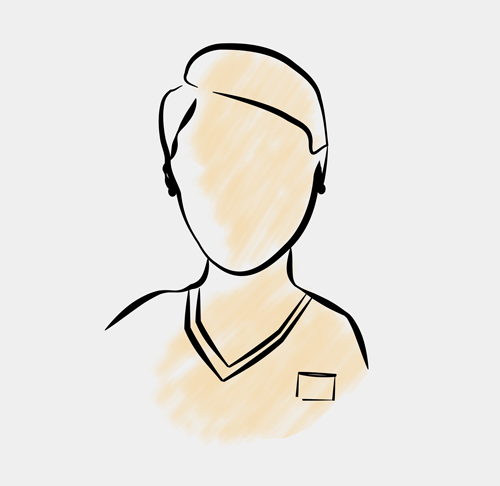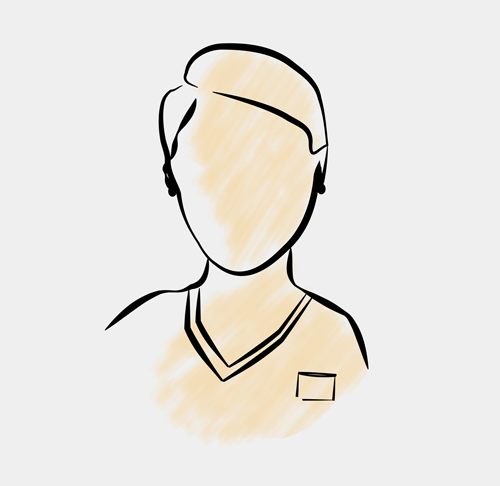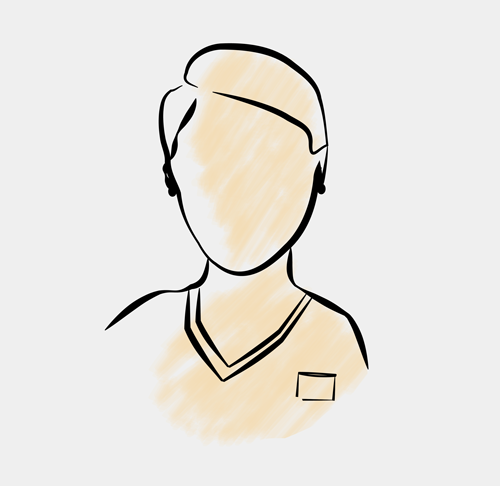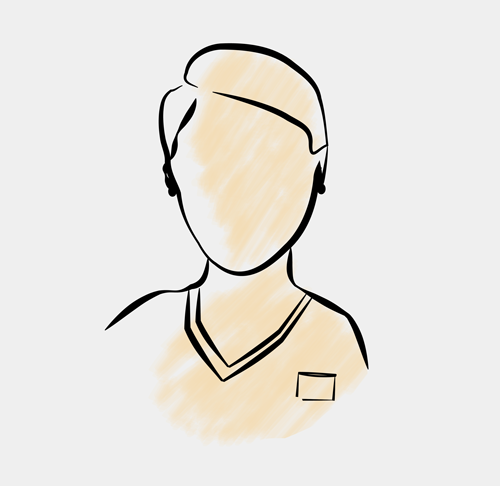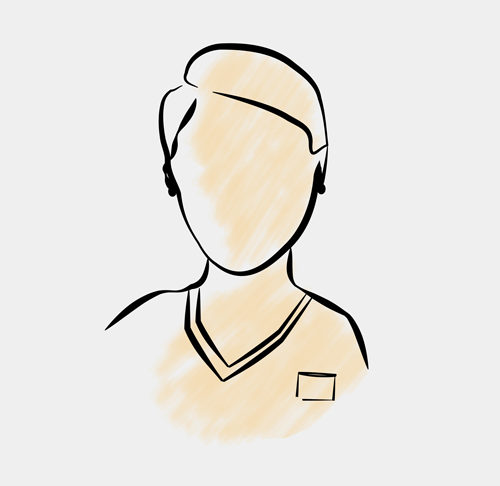What are the main stages of childbirth ?
From your waters breaking to the expulsion of the placenta via the onset of uterine contractions, your baby’s birth entails a number of events. Here, we focus on the main stages of childbirth.
Dilation of the cervix
Uterine contractions are responsible for the progressive dilation of the cervix during labour. When the cervix is fully dilated, your baby can pass through the birth canal. Labour is divided into two stages: the latent phase and the active phase. The latent phase marks the start of labour, where the cervix will dilate to 3 cm. Contractions can remain fairly mild during this stage, and may be confused with “simple” cramps or uterine cramping in pregnancy. However, contractions then become longer and closer together over time. During the active phase, you’ll feel contractions roughly every two to five minutes, and this is generally when your waters will break: in concrete terms, this means that the sac of amniotic fluid surrounding your baby ruptures. This isn’t painful – neither for you, nor your baby. From this moment onwards, the liquid will flow more or less profusely until the birth. However, your waters might break a little earlier or later, and you may or may not experience contractions. Whatever the case, when your waters break, it’s time to get yourself to hospital!
Note that:
- You don’t have to have an epidural in the delivery room if you don’t want to: it’s up to you;
- If you’re under the care of a liberal midwife, some maternity hospitals can make a delivery room available. This is known as a technical platform for childbirth.
Focus on the birth, or the expulsion of the baby
As well as the traditional “gynaecological position”, other birthing positions exist. These can include giving birth while standing up, lying on your side, squatting or even on all fours if you prefer. Bear in mind that if your baby isn’t properly positioning, a suction cap, spatulas or forceps may have to be used.
What is breech birth?
Breech birth is when your baby presents bottom first instead of head first. There are two different types:
- Complete breech (the baby’s sitting cross-legged);
- Incomplete breech (the baby looks very flexible, holding their legs up with their feet level with their head).
In either case, the possibility of a vaginal birth must be properly assessed to ensure your safety and the health of your unborn baby. To help your baby move into an optimal (cephalic) position as your due date approaches, you’ll usually be offered an External Cephalic Version (ECV), carried out by a healthcare professional, in week 36. The idea is to gently turn your baby into a head-down position by applying pressure on your abdomen. The procedure is successful around 50 to 60% of the time, and certain yoga postures, such as the bridge pose, can help greatly. You can also try acupuncture or moxibustion (where the body’s acupuncture points are stimulated using heat).
Vaginal birth or a C-section?
When the cervix reaches 10 cm dilation, and if your baby’s properly presenting, you should normally be able to give birth vaginally. A C-section is generally preferred for high-risk deliveries.
Good to know: your cervix can be manually dilated, if necessary; here we talk about “induction”. Several methods are available, including using different forms of medication (gel, vaginal tampon, perfusion) or introducing a device such as a Foley balloon, where a small catheter is inserted to inflate the balloon inside the cervix. Remember that a C-section is often used for breech births and is necessary if the baby is in the transverse lie position (where the foetus lies perpendicular to the long axis of the uterus).
Tokophobia: the fear of childbirth
Panic attacks, frequent nightmares, insomnia: if the idea of giving birth terrifies you to the point of triggering this type of symptom, talk to your maternity care team as soon as possible to get the support you need. In practice, tokophobia refers to both the fear of being pregnant and the fear of giving birth. A distinction is made between:
- Primary tokophobia which affects women who’ve never given birth and which is often linked to a childhood trauma;
- Secondary tokophobia which may occur following a difficult first pregnancy (e.g. complicated birth, premature birth, etc.).
You should bring the subject up as soon as possible, since without help, more serious symptoms can manifest once your baby is born. These may include post-traumatic stress, postpartum depression, difficulties in forming a bond with your baby, etc., none of which are good for you or your baby’s development.
Delivery or expulsion of the placenta
The placenta is usually expelled 15 to 20 minutes after birth, and after the final contractions. To reduce the risk of retained placenta, you may be given an injection of oxytocin to help your uterus contract and limit bleeding. Your health and the health of your baby will then be carefully monitored throughout your stay in the maternity hospital.
When and how is the umbilical cord cut?
The umbilical cord is cut one to three minutes after birth. The midwife starts by clamping the umbilical cord (placing clamps to cut off blood flow) and will then ask your partner if they wish to cut the cord, using special scissors. You should then take care of the cord, keeping it clean and dry until it falls off by itself, revealing your baby’s bellybutton.
Good to know: some maternity hospitals collect cord blood for donation – a painless procedure that can help many patients. However, you can obviously refuse, if you want.
Tous les articles maternité
- La grossesse, semaine après semaine
- La préparation à la naissance: l'essentiel à savoir
- Focus sur l'accouchement naturel
- Comment préparer sa valise maternité?
- L'accouchement par césarienne
- L'épisiotomie
- Les complications possibles de l'accouchement
- Tout savoir sur l'allaitement
- La rééducation du périnée



